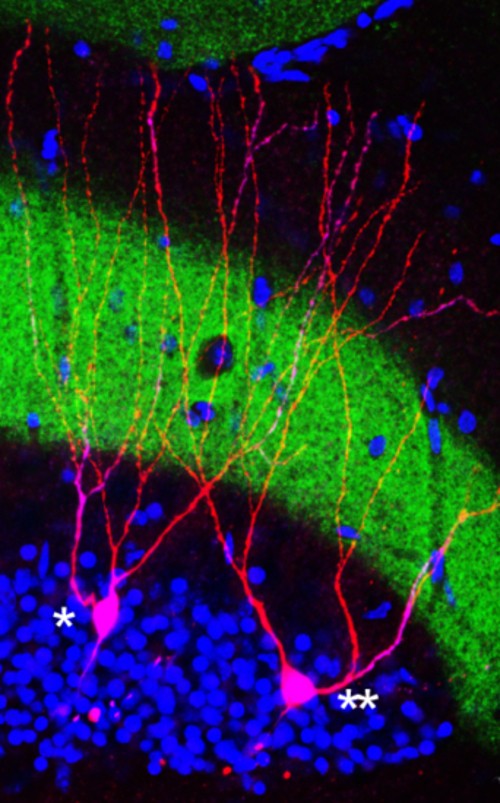A new study provided a better understanding of memory loss or amnesia with the help of new research that uses light as a tool to regain lost memories in mice.
Many scientists believe that amnesia remains an unexplored subject in neuroscience where some argue that this occurs when cells get damaged where memory can no longer become stored while some say that these memories are still intact and that they are just blocked.
However, this new study claims that memories still do remain and that they are not completely forgotten where they can be recollected.
According to Susumu Tonegawa from the Massachusetts Institute of Technology, most scientists would rather believe that memories are just in storage however, this new study shows that this theory is probably wrong. He adds that amnesia is mostly due to the problem of an impaired retrieval of memories.
Researchers from MIT with the help of scientists from RIKEN Brain Science Institute in Japan were able to use blue light pulses in order to get stimulation from "memory engrams" which are active neurons where memories are formed.
These engrams are active during daily life which are affected by stimuli such as images, smells or tastes where memories are formed.
During experiments, scientists attached a protein in the neurons so that they can be activated by light. Scientists believe that when memories are formed, they cause stronger synapses where it allows neurons to send signals to one another.
With this new study, researchers used a compound called anisomycin to prevent that strengthening of synapses, or the forming of memories in mice.
The mice were placed inside a chamber where they were given an electric shock that produces a "freezing" response. Those who did not receive the compound would also show that freezing response when the shock was given to them, but those who were given anisomycin already forgot the shock.
Using the blue light pulses, the scientists activated those neurons in the mice that were responsible for the shock memory to those mice who received the compound.
When placed inside a different chamber, the mice would remember the electric shock and show a freezing response where they remembered the fear involved with the memory that still exists.
According to MIT researcher Tomas Ryan, memories are separated and stored in a different process that allow the mice to recover the memory, forming it again. The strength of the engram synapses indicates how the brain can access or retrieve specific memories.
Tonegawa adds that this study shows that past memories are not erased but they are just inaccessible for recall.
This study is published in the journal, Science.


